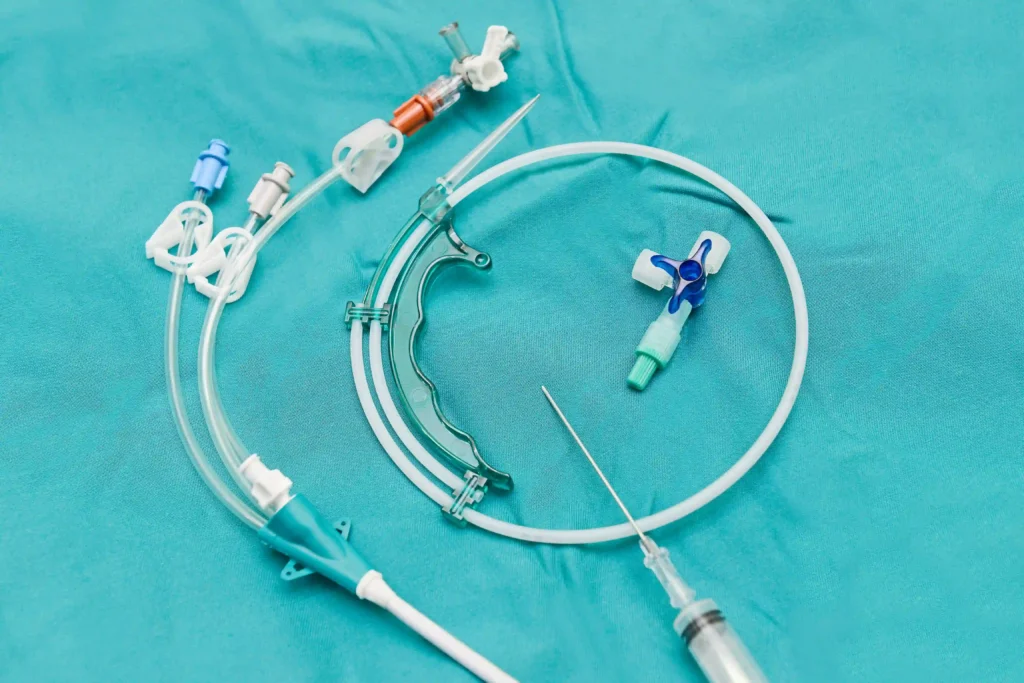Understanding medical terminology in Spanish is crucial for healthcare professionals working with Spanish-speaking patients. In this post, we’ll focus on how to say “catheter” in Spanish, covering both general catheters and central lines.
What is a Catheter?
A catheter is a flexible tube used in various medical procedures, such as draining fluids or administering medication. Catheters serve many purposes, including urinary catheters, which drain urine from the bladder, and intravenous (IV) catheters, which deliver medications directly into the bloodstream.
In Spanish, “catheter” translates to “catéter.”
Example Sentences:
- “El paciente necesita un catéter urinario.”
(The patient needs a urinary catheter.) - “Voy a insertar el catéter intravenoso en su brazo.”
(I will insert the IV catheter into your arm.)
What is a Central Line?
A central line, also known as a central venous catheter, is inserted into a large vein, usually in the neck, chest, or groin. It allows for the delivery of medications, fluids, or nutrients directly into the bloodstream. This type of catheter is common for patients needing long-term treatment or large amounts of fluids or medications quickly.
In Spanish, a central line is a “catéter central.” Some people also refer to it as “port-a-cath,” a brand name often used to describe this type of central line.
Example Sentences:
- “Vamos a colocar un catéter central para administrar los medicamentos.”
(We are going to place a central line to administer the medications.) - “El paciente tiene un port-a-cath para la quimioterapia.”
(The patient has a porth-a-cath for chemotherapy.)
Learning how to say “catheter” and “central line” in Spanish is vital for effective communication in medical settings. The terms “catéter” and “catéter central” will be essential in your vocabulary. Additionally, knowing the term “port-a-cath” can help you better understand and communicate with patients familiar with this brand name.




